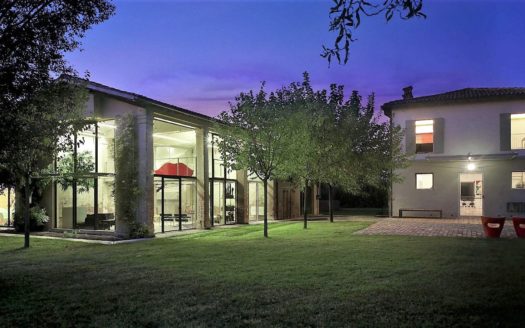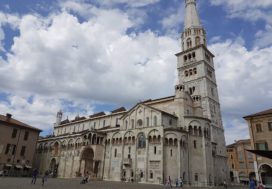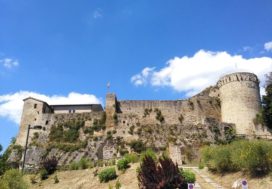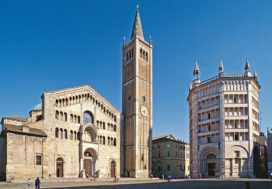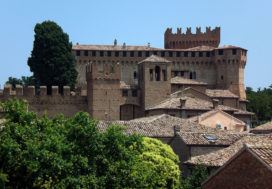Faenza, in the province of Ravenna, is a city of incredible historical and artistic beauty (not by chance defined as the city of art). Every year it welcomes many tourists from all over the world.
Those who decide to visit Faenza: the city of art of Emilia Romagna, choose Sacramora 12 as their accommodation facility.
This wonderful structure is a real gem surrounded by nature, history and culture and from which you can reach in a short time to visit the city.
Faenza
Once arrived in Faenza in Piazza della Libertà, at the top of a high stairway will welcome you with its majesty the Cathedral. Built in 1474 by the Manfredi family, the lords of the city, who promoted the culture and art of the city.
Unfortunately, the facade remains unfinished because of the decline of the seigniory, not by chance you can see the protruding bricks that support the marble slabs that should have covered the facade.
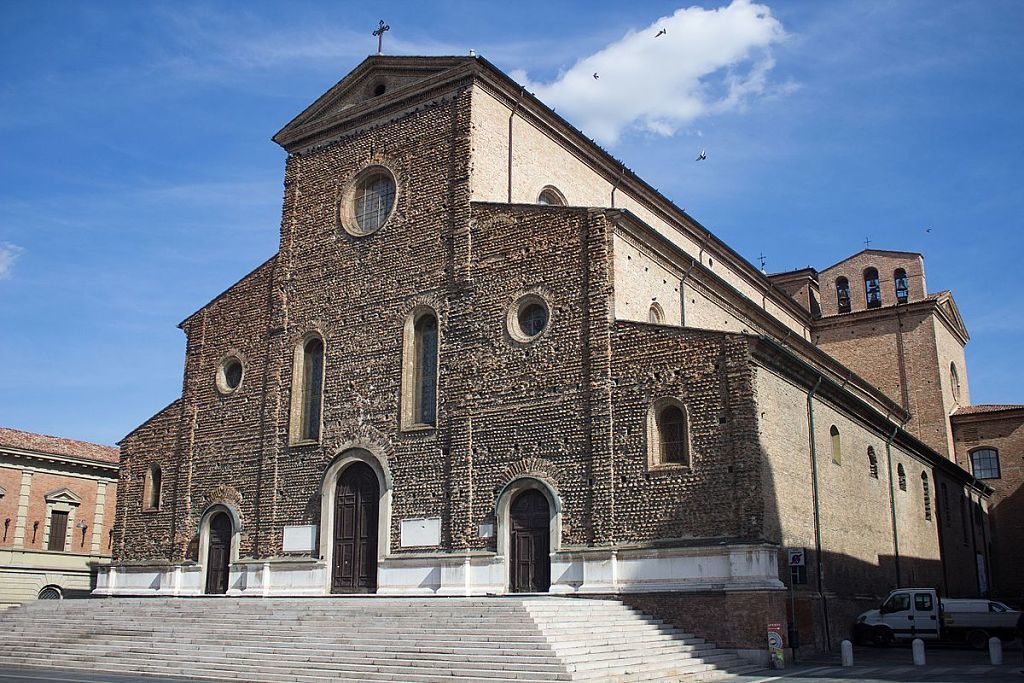
Cathedral of Faenza
In the interior, the Duomo is divided into three naves with Renaissance sculptures, while the attic preserves an important fresco of the 1400′ with the representation of the Madonna delle Grazie with broken arrows in her hand to defend herself from dangers and free herself from sins.
The scene evokes a miraculous event: the citizens asked the intercession of the Virgin to keep the plague away from the city.
Interesting is the presence in the marble floor of fossils of spiral shells and ammonites that dates back over 100 million years ago.
Continuing with the visit of the city, you will have to pay a visit to the Voltone della Molinella, an exhibition gallery located on the ground floor of the town hall and which takes its name from a huge passage covered by cross vaults, between Piazza del Popolo and Piazza della Molinella.
The ceiling of the room, which is rectangular in shape includes 8 blind lunettes that cross the pavilion vault, with the presence of 3 arched windows that light up the room.
Since it is the city of the arts, among all the most important is the ceramic with its famous International Museum of Ceramics in Faenza (MIC) which is not by chance one of the most important in the world. The rooms house works from the Middle Ages to the nineteenth century and also from workshops in the Near East.
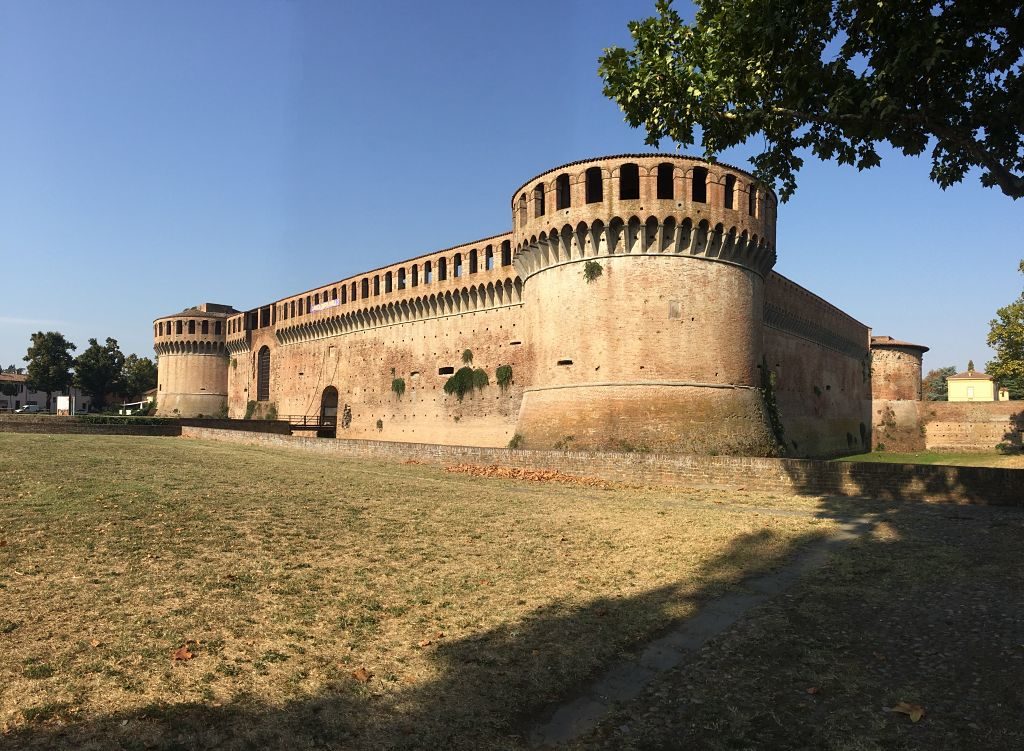
Rocca, Imola
Imola
From Faenza you can easily reach the city of Imola, where you can admire the imposing Rocca which dates back to the 13th century. This structure represents an admirable example of fortified architecture between the Middle Ages and the Renaissance.
The oldest remains are the pointed arch portal, the keep with the dungeons and the rooms on the ground floor with a beautiful terrace from which you can admire the city.
From 1472 to 1484 the fortress became a place of defense by the wish of the Sforza who built circular corner towers, finely decorated gunboats and some rooms such as the Palazzetto del Paradiso, while between the sixteenth and twentieth centuries and was intended for prison use.



